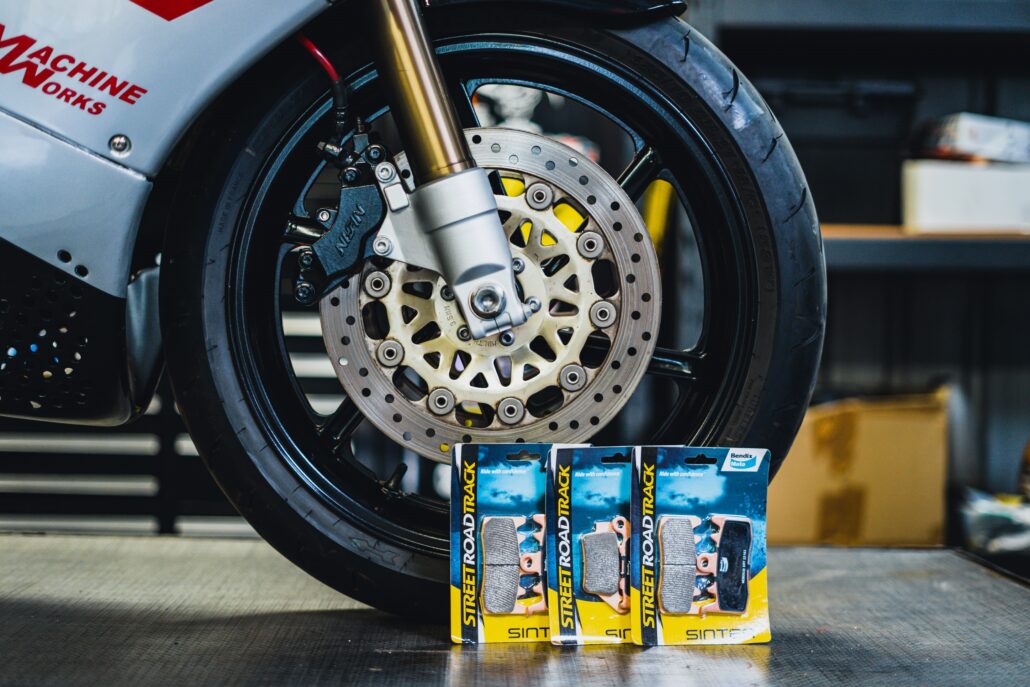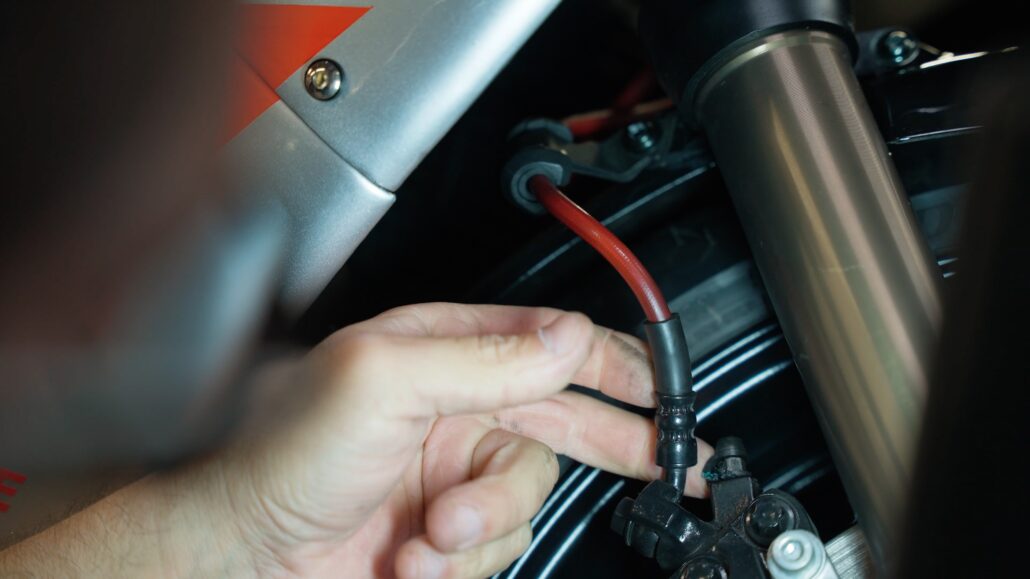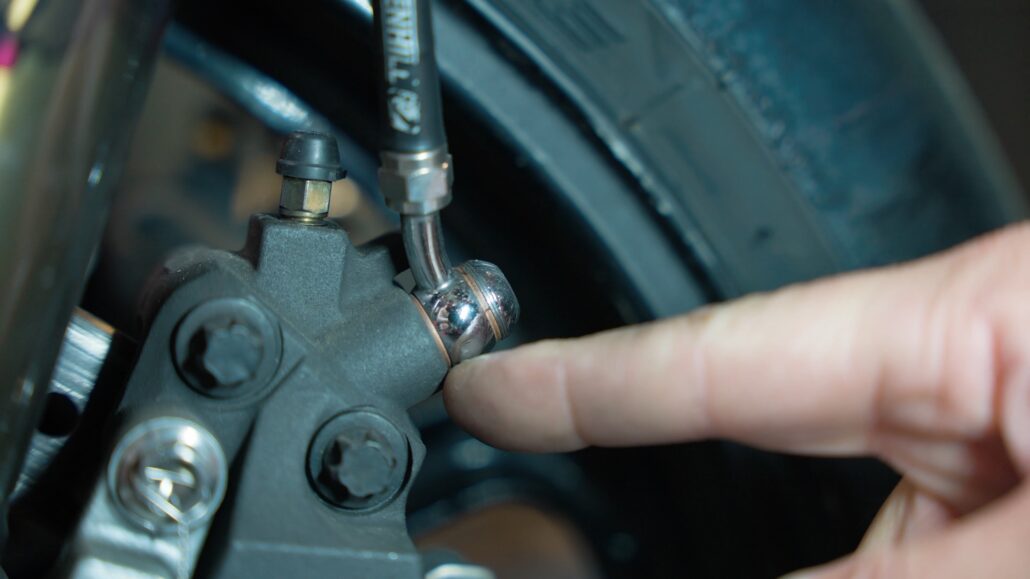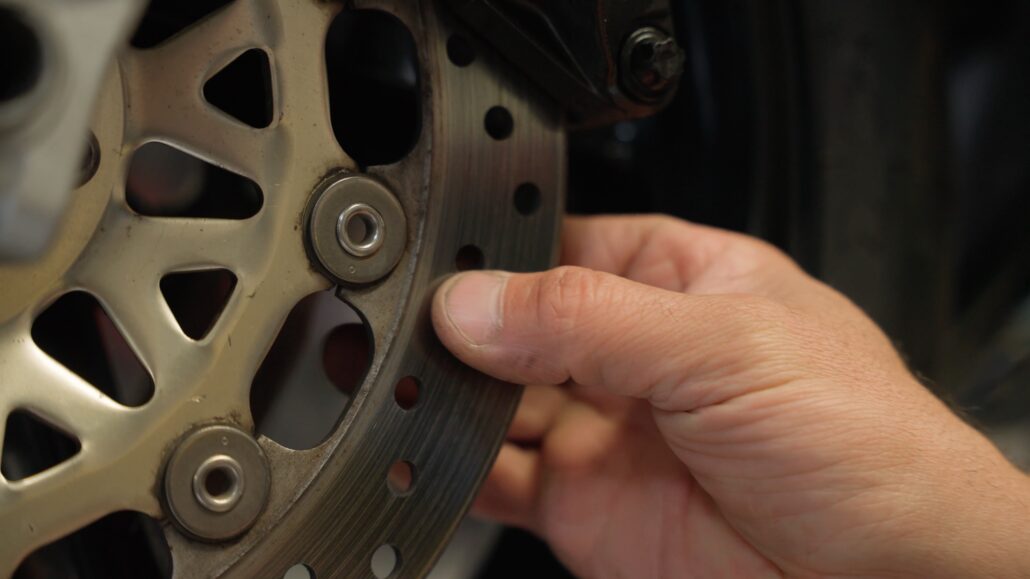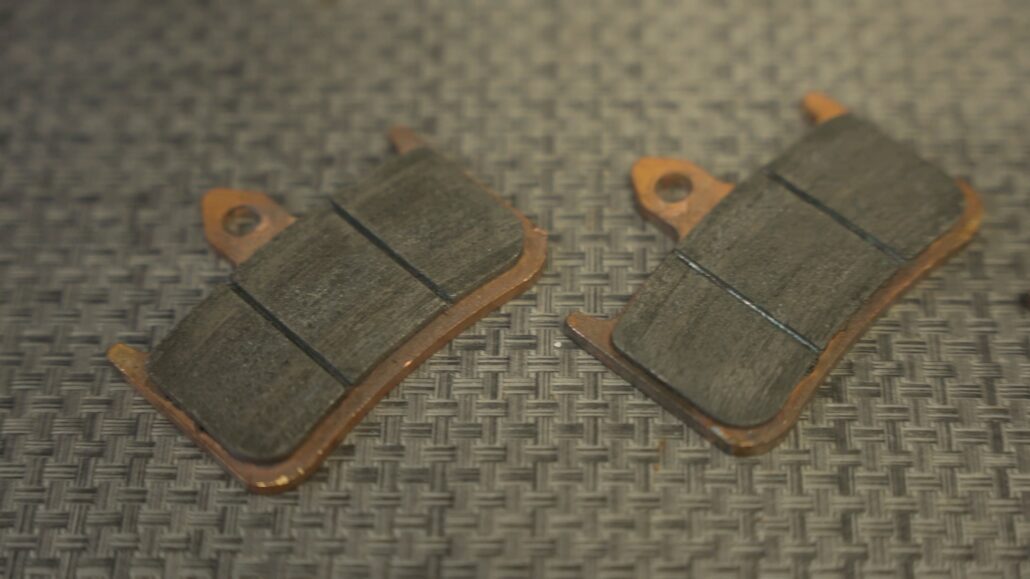One of the most important pre-ride checks for a motorcycles rider is to ensure that their brakes are in good order. Safe braking is critical for every vehicle, but even more important when you’re on two wheels.
A spongy brake feel can be a symptom of serious brake issues for riders, so it’s important to know how to identify and fix the issue before hitting the road.
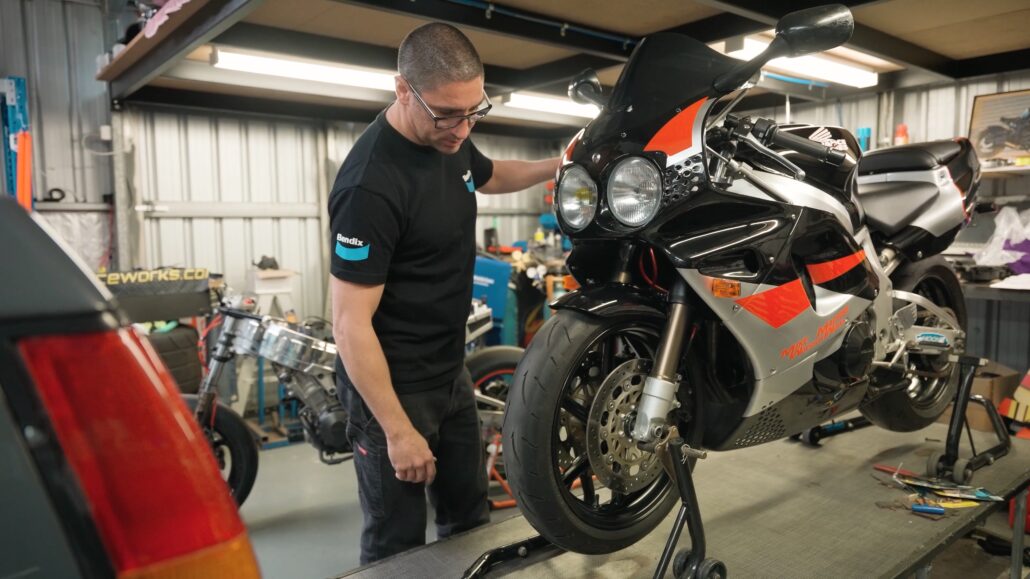
Spongy brakes can be caused by several different issues, with the most common being air in the braking system. The first thing to check is brake fluid level – low or old brake fluid can be a major contributor to that spongy feeling when the brake lever is applied.
If the fluid level in the reservoir is low but a clean colour, the system may have sucked in air. If this is the case, it will need topping up and the brakes should be bled. If the brake fluid is dark and dirty, it’s time for replacement. For top ups or flushes, be sure to use the correct type of Bendix brake fluid for your motorcycle – Bendix offers both high performance Polyglycol DOT 3 and DOT 4 fluids.
Before replacing the brake fluid, inspect the bike’s braking system for any leaks. Take a close look at the condition of the brake lines and look for any perishing or swelling. Next, check the calipers and inspect for any fluid leakage at the fittings. Finally, check for any wear, corrosion, and signs of leakage from the brake master cylinder. If any issues are found, they’ll need to be rectified before bleeding or replacing the brake fluid.
If no concerns have been found and new fluid and brake bleeding hasn’t rectified the spongy lever feel, it’s time to check pads and rotors. Worn pads can also contribute to spongy brake feel. To inspect the brake pads, loosen any pad retention hardware on the caliper and remove the brake caliper from the bike. This will allow you to inspect the condition of the caliper more closely.
Once you have access, look at the surface of the pads for signs of wear, including uneven wear or grooves. If the pads are worn down to the wear indicator or below the manufacturer’s recommended thickness, they should be replaced. You’ll also want to check for any glazing on the pads, which shows as a shiny, glazed surface on the pads. This occurs when the brake pads get too hot and the friction material hardens, reducing the pads’ effectiveness.
If it is time to replace the brake pads, the Bendix Moto range offers brake pads to suit a wide range of bikes, in either the Ultimate Plus Ceramic compound for the everyday commuter or casual rider, or the Street Road Track Sintered compound for riders that like to push performance limits.
Worn pads can also cause rotors to wear excessively and warp, so as part of the inspection, check the rotors for these conditions and visit your mechanic or brakes specialist if replacement is needed.
Spongy brakes can be a serious safety issue, so it’s important to address the problem as soon as possible. Check out Bendix Moto’s range of Street Road Track and Ultimate+ brake pads on the website link below and ride with confidence.
And, remember, if in doubt about anything, take your bike to your local workshop and get a professional to check it out rather than risk it when heading back on the road this Spring.
